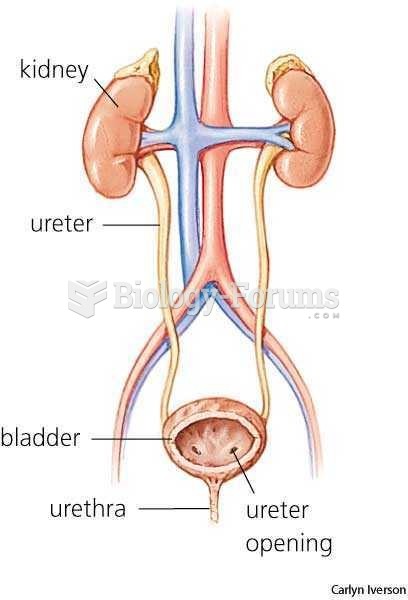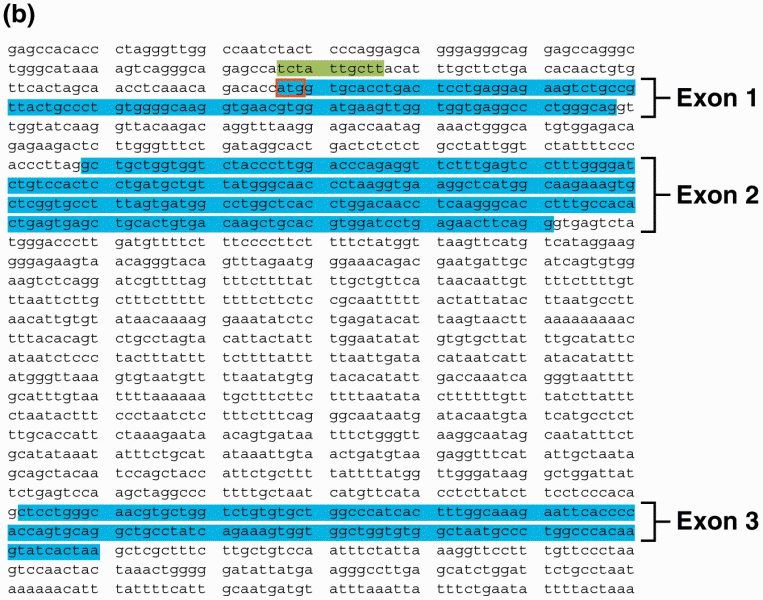|
|
|
Did you know?
There are 60,000 miles of blood vessels in every adult human.
Did you know?
People with high total cholesterol have about two times the risk for heart disease as people with ideal levels.
Did you know?
The people with the highest levels of LDL are Mexican American males and non-Hispanic black females.
Did you know?
The heart is located in the center of the chest, with part of it tipped slightly so that it taps against the left side of the chest.
Did you know?
Most childhood vaccines are 90–99% effective in preventing disease. Side effects are rarely serious.







